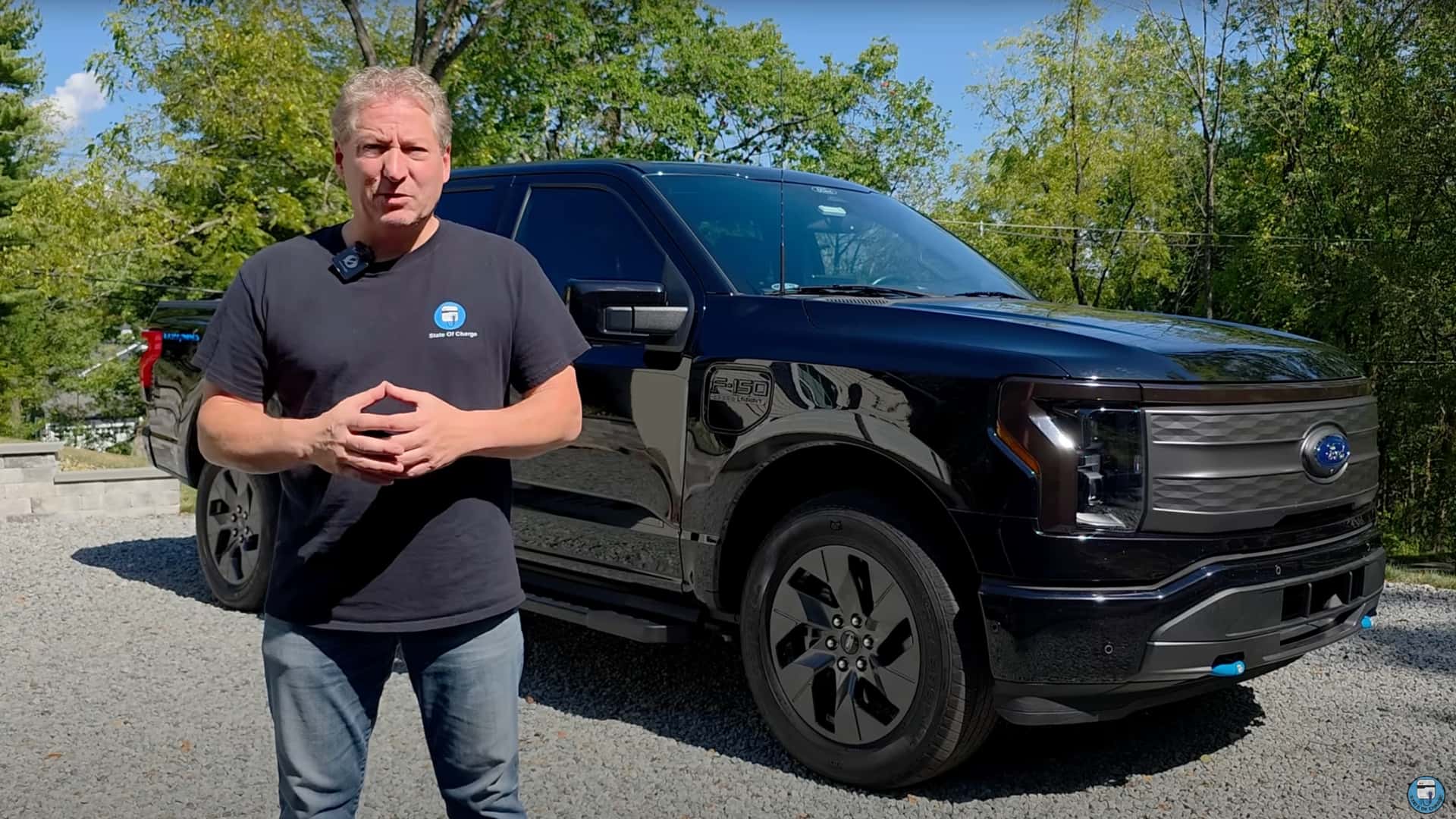Key Takeaways
- Modern electric vehicle (EV) batteries exhibit impressive longevity, often showing minimal degradation over time.
- Tom Moloughney’s tests on a 2022 Ford F-150 Lightning reveal that battery performance remains consistent even after 38,000 miles.
- Automakers are incorporating capacity buffers in batteries, ensuring drivers do not need to replace them within the first few years.
Battery Longevity Concerns
With the rise of electric vehicles (EVs), potential buyers often express varied concerns, including range anxiety, charging logistics, and initial costs. However, a significant worry—battery degradation—has been reassured by various studies and owner experiences indicating that modern EV batteries have substantial lifespans without significant wear.
Tom Moloughney, an established EV expert and host of the State of Charge YouTube channel, recently revisited his 2022 Ford F-150 Lightning after driving it for 38,000 miles. His insights provide a comforting perspective for those apprehensive about battery longevity.
In a critical range test conducted at a steady 70 mph, Moloughney’s Lightning initially covered 270.3 miles. Fast forward three years, and the same test yielded an impressive 286.7 miles. Such improvements, according to Moloughney, can be attributed to factors such as improved tire conditions and favorable weather.
Further analysis of charging capabilities shows a remarkable consistency in battery performance. Initially, it took approximately 136 kWh to fully charge the vehicle from zero; a recent test indicated a need for slightly over 135 kWh. Given the variables from charging losses and environmental conditions, these figures reveal a negligible difference, indicating that overall battery capacity remains stable.
It is worth noting that while some natural capacity loss is expected over time—similar to experiences with mobile phones or laptops—the practical usage of the Lightning demonstrates that drivers will notice minimal differences even after substantial mileage. This observation aligns with practices from various automakers, who are increasingly designing batteries with built-in “buffers.” Such features allow manufacturers to release additional battery capacity over time, helping to mitigate concerns regarding degradation.
“Our data implies that Ford is gradually unlocking more battery capacity,” Moloughney commented during his video review. “This should instill confidence in consumers regarding the durability of electric vehicle batteries—those needing replacements after just a few years are a rarity.”
Overall, EV purchasers can take heart from these findings, as they highlight the reliability and resilience of modern electric vehicle batteries, reinforcing the notion that investing in an electric vehicle can be a long-term commitment without the frequent worry of battery degradation.
The content above is a summary. For more details, see the source article.















